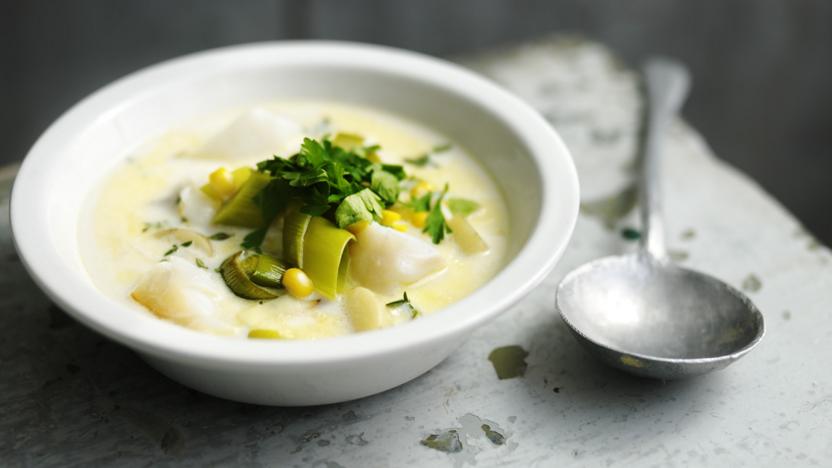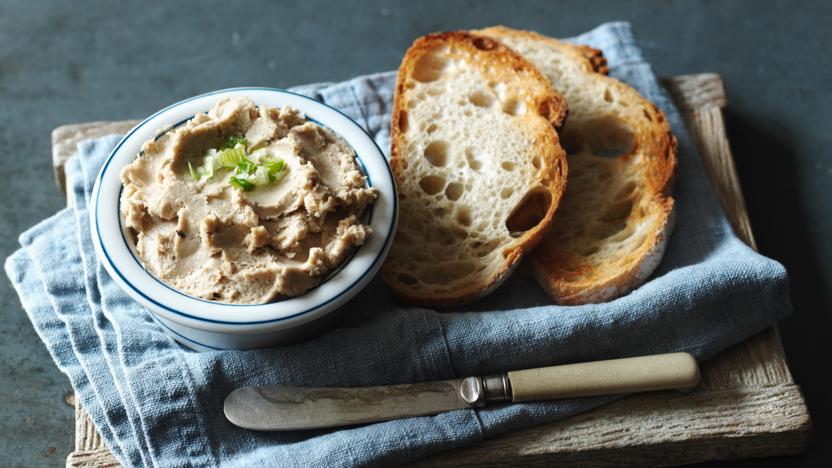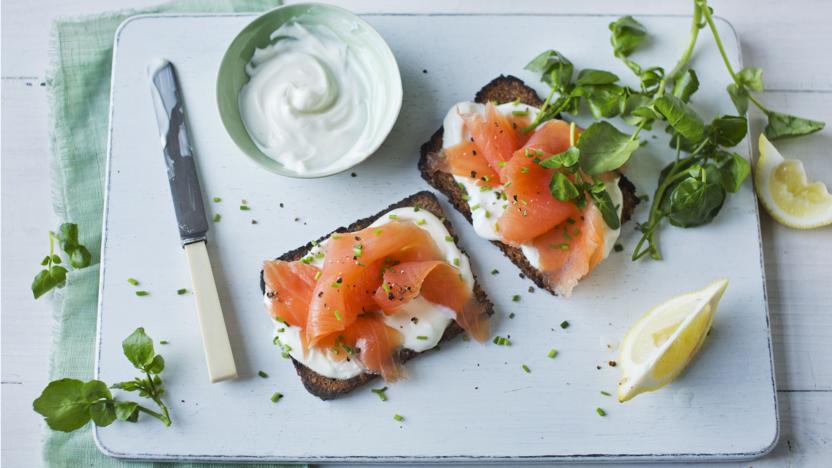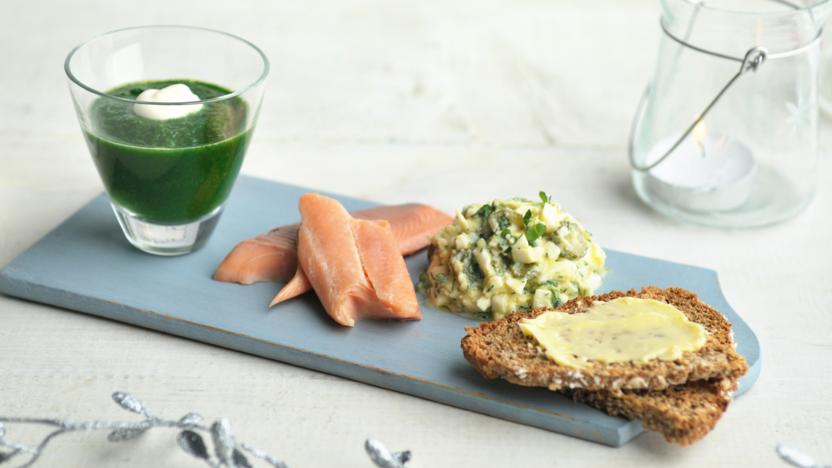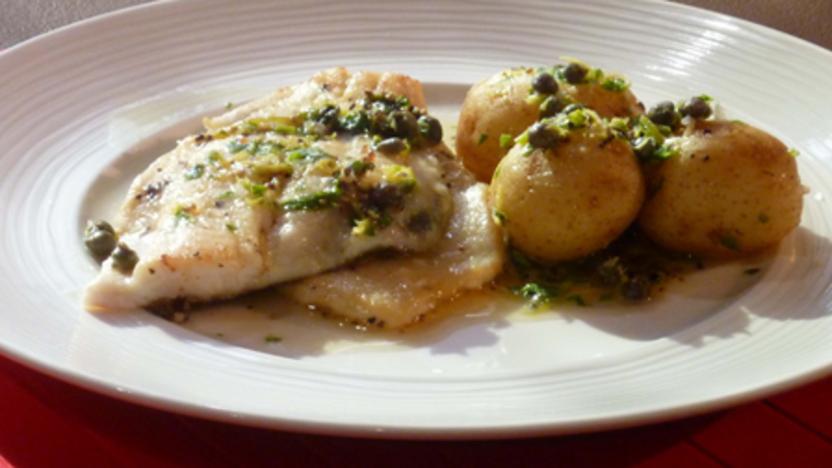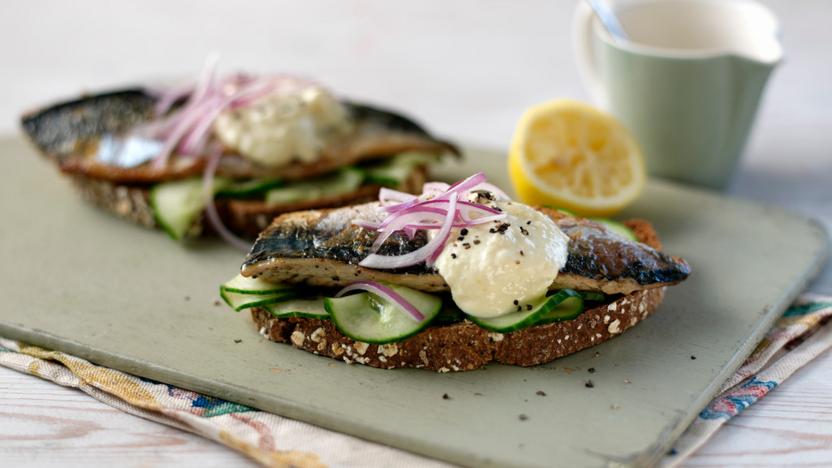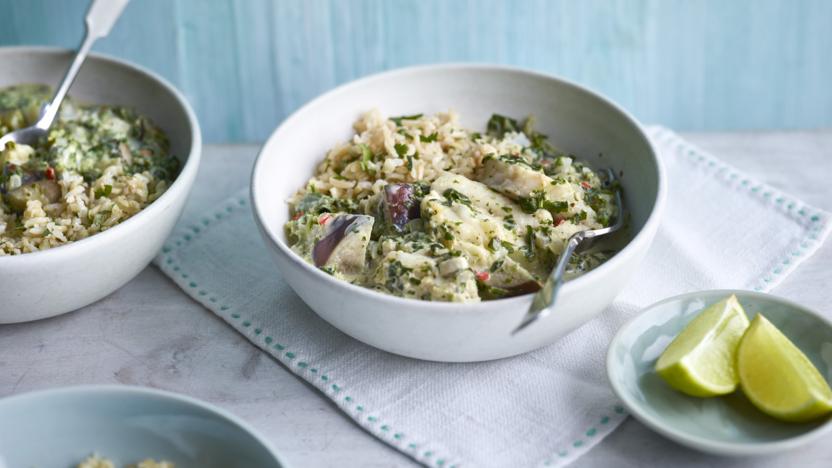Smoked fish recipes
Smoking was first used as a method of preservation, the fish being salted and then smoked or dried. Today it is a popular way of adding diversity of flavour to many species of fish.
There are two main methods of smoking fish: hot and cold.
Cold smoking is used for salmon, when the fish is to be served raw and for herring (kippers), haddock and other members of the cod group when the fish is to be poached or grilled to serve. Trout can be either hot- or cold- smoked. The fish is prepared (filleted and in some cases, skinned) and then cured, either by dry salting or soaking it in a brine solution for a short period of time. The fish is allowed to dry briefly and is then smoked, often in a cold area over smouldering wood chippings. Keeping the fish cool during the smoking process is important.
Hot smoking is used for mackerel (the oil-rich texture makes it difficult to cold-smoke) and for artisanal products including smoked shellfish and Arbroath smokies. The fish is cured, as above, then smoked in a kiln, with the temperature increased towards the end of smoking to cook the product. Hot-smoked fish is often referred to as kiln-roasted fish.
Storage
Smoked fish has a slightly longer shelf-life than fresh fish and doesn鈥檛 need to be kept on ice. Keep it refrigerated and use within the use-by date.
Preparation
If smoked fish does require further cooking, it is often poached in milk: the milk helps draw out excess salt. For smoked products that do not require further cooking, unwrap the fish and allow it to breathe for a few minutes before serving.


